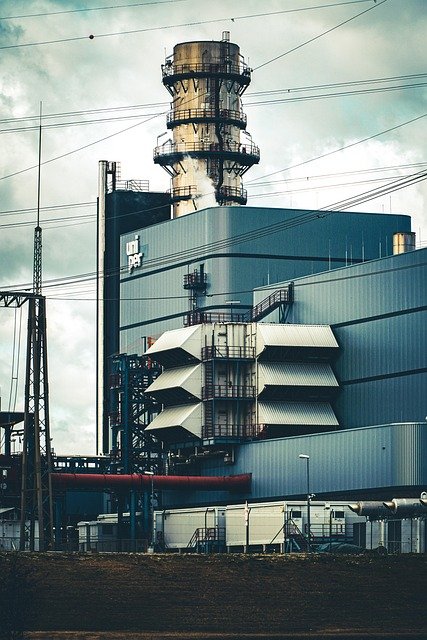Commissioning checklist for aeration system reliability
A clear commissioning checklist helps ensure aeration systems operate reliably from startup through the lifecycle. This article outlines practical steps for verifying controls, measuring efficiency and energy use, diagnosing vibration and noise issues, and setting up monitoring and maintenance to reduce downtime.

A structured commissioning process reduces risks and improves long-term reliability for aeration systems. Before full operation, verify mechanical installation, electrical connections, control logic, and baseline performance metrics. Confirm that aerators and blowers match design intent and that installation tolerances, alignment, and anchoring are within specification. Document initial parameters for energy use, pressure, and dissolved oxygen so future performance and diagnostics have a verifiable baseline. Early detection of installation or configuration errors avoids extended outages and supports predictable lifecycle planning.
Commissioning and diagnostics for aeration reliability
Commissioning must include stepwise diagnostics that confirm each subsystem functions independently and in integrated operation. Run sensor checks, calibrate dissolved oxygen probes, validate blower output curves, and verify that safety interlocks and alarms operate under fault conditions. Record vibration and temperature readings during incremental load steps and run a diagnostics routine to detect anomalies in bearings, couplings, or impellers. Use diagnostic logs to populate maintenance schedules and to inform control tuning. Consistent documentation during commissioning speeds troubleshooting and supports regulatory reporting and performance verification.
Aerators, controls, and automation checks
Confirm that aerators and associated controls follow the intended automation strategies: setpoints, PID tuning, blower staging, and variable-speed drive behavior. Test manual and automatic transitions, ensure failover logic operates correctly, and validate communication between PLCs, sensors, and SCADA. Check that control algorithms modulate aeration to meet effluent oxygen targets while minimizing unnecessary cycling. Properly configured controls reduce blowers’ runtime and improve energy efficiency. Keep a copy of final control logic and parameter sets for future retrofit or troubleshooting work.
Energy efficiency and performance verification
Measure baseline energy and efficiency parameters during commissioning: blower kW, airflow, pressure, and specific energy per mass of oxygen transferred. Compare observed performance against vendor curves and design expectations to confirm that the system meets efficiency targets. Look for signs of undersizing, excess headloss, or fouling that can raise energy consumption. Include metering on power supplies and monitor trending to enable energy optimization programs. Accurate baseline metrics allow operators to quantify savings from future retrofits or control optimization efforts.
Vibration, noise, corrosion and fouling inspections
During startup and early operation, inspect for abnormal vibration and noise that indicate misalignment, imbalance, or bearing distress. Use vibration analysis and sound level checks to identify components that need correction. Check for corrosion on metal surfaces and fouling in diffuser membranes or piping that can impair aeration distribution. Establish cleaning and anti-corrosion procedures in maintenance plans. Early identification of these physical issues prevents progressive damage that undermines reliability and increases lifecycle costs.
Maintenance, monitoring and lifecycle planning
Define maintenance intervals and monitoring requirements based on commissioning findings and expected lifecycle. Implement condition-based monitoring for vibration, temperature, and discharge characteristics to shift from reactive to predictive maintenance. Maintain spare-parts lists for critical components like bearings, seals, and control modules, and document procedures for routine tasks such as diffuser cleaning, probe calibration, and belt or coupling replacement. A well-documented maintenance and monitoring program extends equipment life, preserves performance, and reduces unplanned downtime.
Retrofit considerations and long-term reliability
When commissioning reveals performance gaps or efficiency shortfalls, evaluate retrofits such as high-efficiency blowers, improved aerator designs, upgraded controls, or variable-frequency drives. Consider lifecycle impacts: initial retrofit cost versus long-term energy savings, maintenance effort, and reliability improvement. Integrate diagnostics and monitoring upgrades during retrofits to validate improvements and ensure controls are tuned for new equipment. Properly planned retrofits can mitigate corrosion and fouling issues and reduce noise and vibration, improving overall system resilience.
Commissioning is a critical phase that sets the stage for reliable aeration system performance. A checklist approach that includes diagnostics, control verification, energy baseline measurements, physical inspections for vibration and corrosion, and a clear maintenance and retrofit plan will support predictable operation and lifecycle management. Thorough documentation and ongoing monitoring ensure that early conclusions from commissioning translate into sustained reliability and measurable performance over time.






